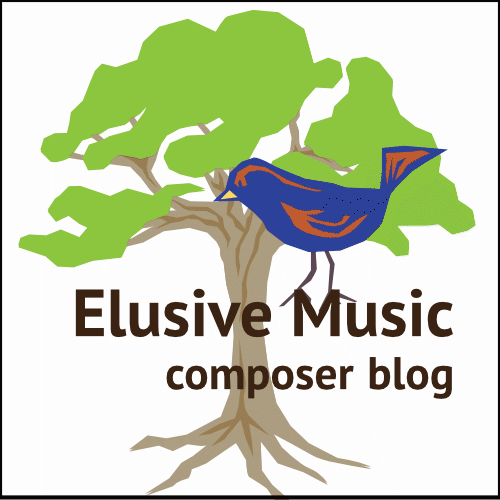Last week, I discovered a cool music app for my iPad. It’s called Mugician by Rob Fielding. I found it by searching for “microtonal” in the app store. It’s essentially an 11-string guitar synth. You can turn frets on and off. When they’re off you can slide up and down a string for complete control of tuning, within the limitations of your fingertip. You can also turn frets partially on so that you start on a tempered-tuning pitch, but then you can freely bend and vibrate the note.
Developer Rob Fielding’s blog has the instruction manual. He explains the controls at the bottom of the screen. The lock at the lower right kept me from discovering what the controls do. Unlock it (swipe the mini-slider to the left) and you might not even need the instructions. The controls let you turn on and control reverb, several types of distortion, and echo.
He doesn’t aim to make the instrument easy to play by emulating existing instruments or by simplifying it with preselected scales or loops; he says his goal is to “keep things expressive by making sure that there are as many dimensions of expression as I can cram into the given space…” He means for you to practice and develop your musical ideas, just like a violin or French horn.
Mugician isn’t being developed any more — it’s very expressive as it is. After all, you don’t want the instrument that you practice and become good at playing to change out from under you. I do hope they keep it working as the iOS changes though. (What a tedious responsibility for developers.) Rob has developed another iOS synth, Geo Synthesizer, with Jordan Rudess of Dream Theater. I’ll have to check that one out soon.
I’ve made a little demo of some of the playing techniques that intrigue me.

Leave a Reply to Dan Cancel reply